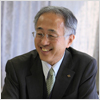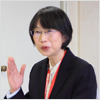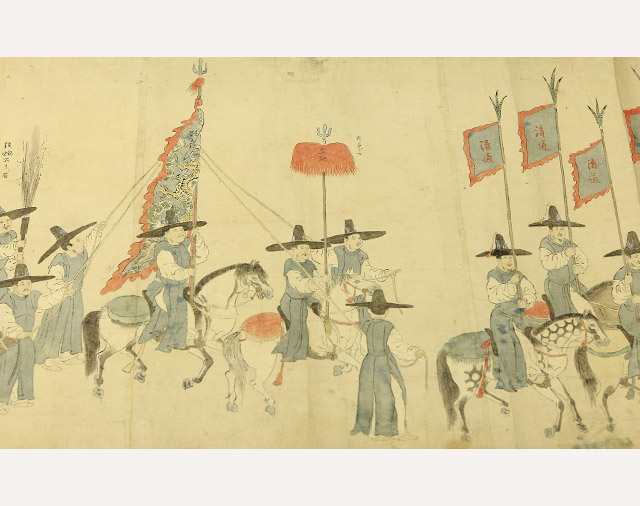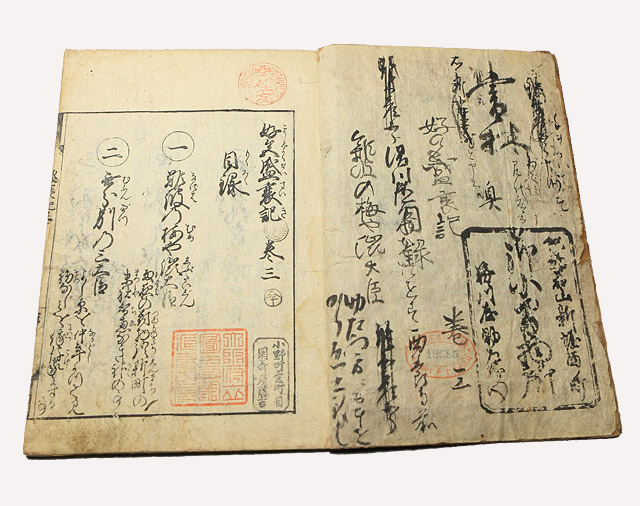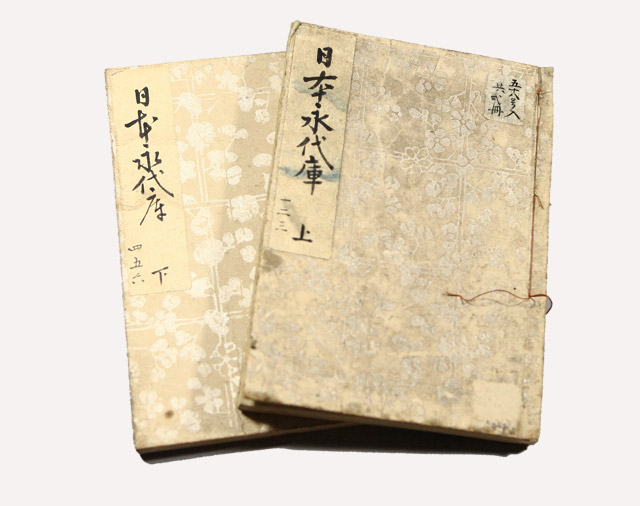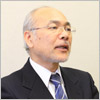As you may know, merchant families and individuals donated many of these premodern items, although the library did collect some on its own initiative. The library’s holdings were augmented by many donations in the years following its opening in 1904, that is, during the late Meiji era and the Taisho era (1912-1926). Most of those books had been kept in kura, traditional storehouses, where there was a risk of fire or other damage. People no doubt viewed this new, secure, well-appointed, modern library built by Sumitomo as a safe haven for their books, where they would be well cared for and kept safe from fire.

 EN
EN
